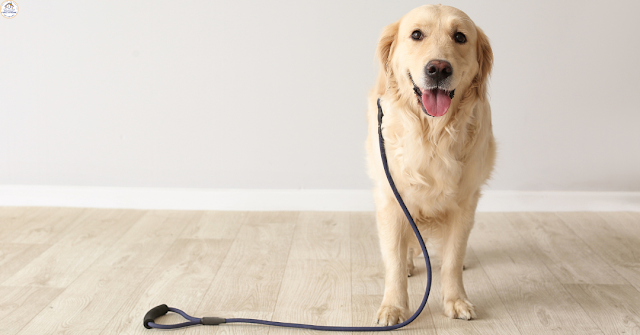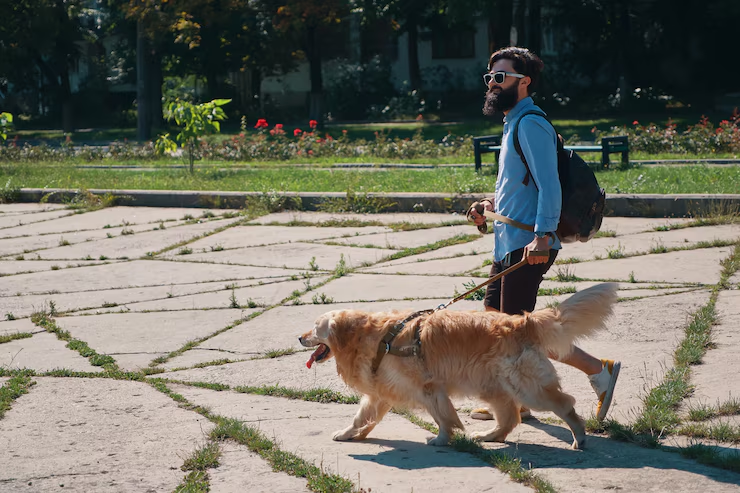Dog on the Run? Discover the Secret Tricks to Stop Off-Leash Escapes for Good
Many dog owners know the fear of their pet bolting away during walks or playtime. Off-leash escapes can be risky—pets might run into traffic, get lost, or face injuries. For many, knowing their dog will come back when called is crucial. Building a reliable recall isn’t easy but is worth every effort. Whether you're out for a walk or planning dog care for vacation, this guide shares proven tricks to keep your dog safe, prevent escapes, and enjoy peace of mind.
Understanding Why Dogs Escape Off-Leash
Common Causes of Off-Leash Escapes
Dogs escape for many reasons. Curiosity plays a big role—dogs see something interesting and want to investigate. They might also be chasing after prey or following their instincts. If training isn’t clear or consistent, dogs may not learn to come back. Environmental distractions, like other animals or new sights, can also tempt them away from you.
Behavioral and Breed-Specific Factors
Some breeds tend to be more adventurous or independent. For example, terriers and hounds often chase after things. Dogs with anxiety might bolt out of fear. Dominance issues can also make a dog want to leave their space. Knowing your dog’s breed traits and behavior can help you plan better training.
The Risks and Dangers of Off-Leash Dogs
A dog running loose faces many dangers. They might get hit by a car or stolen. Encounters with other animals can turn aggressive or scary. Plus, the emotional toll on owners can be heavy—fear over losing a furry friend is real. Preventing escapes is key to safety and peace of mind.
Establishing a Strong Foundation: Training Your Dog for Reliable Recall
Basic Obedience and Recall Commands
Teaching your dog to come when called is the first step. Start with short, simple training sessions indoors. Use commands like “Come” or “Here” clearly. Reward your dog instantly with treats or praise for obeying. Keep practicing every day to build a strong habit.
Creating Effective Training Environments
Gradually add distractions. Practice in your backyard, then in the park. Increase the distance slowly. When your dog responds reliably in low-distraction areas, you’re closer to a perfect recall outdoors. Patience and consistency are essential.
Expert Advice and Proven Methods
Many trainers suggest using positive reinforcement—never punish for not coming. Victoria Stilwell emphasizes patience, while Cesar Millan recommends establishing leadership first. Some use clicker training, which helps your dog associate the command with positive outcomes quickly. These techniques are just as important when planning overnight pet care, ensuring your dog responds well even when you're away.
Essential Tools and Equipment to Prevent Escapes
Choosing the Right Leash and Collar
A standard leash, about 6 feet long, is perfect for training. Bungee leashes absorb shocks and prevent sudden pulls. Avoid retractable leashes for unsupervised walks—they can be dangerous. Use a harness or martingale collar for better control and comfort.
Use of GPS and Safety Devices
GPS collars are a game-changer. They let you track your dog’s location in real-time through your phone. Many models alert you if your dog leaves a designated area. These devices give owners more confidence and quick rescue options in emergencies.
Innovative Barriers and Containment Solutions
Create secure outdoor spaces using portable fencing or tie-outs. Make sure yard fencing is tall enough and check for gaps your dog can dig or climb through. Breaking down escape routes and reinforcing barriers can prevent many escapes before they happen.
Environmental Strategies to Reduce Escape Risks
Analyzing and Securing Your Property
Check your fencing regularly. It should be at least 4 to 6 feet high, with no loose panels. Remove tempting objects—like trash or hiding spots—that encourage digging or climbing. Landscaping can play a role in keeping your dog contained.
Managing Off-Leash Areas Responsibly
Only let your dog off-leash at dog parks with a good reputation. Look for parks with secure fencing, clean grounds, and attentive staff. Always follow park rules—they’re there to keep everyone safe. When in public, use a long line if you're unsure about your dog’s recall.
Monitoring and Supervision
Keep a watchful eye during outdoor play. Use remote cameras or extra supervision to catch signs of trouble early. Never leave your dog unattended outside for long periods. Active supervision can stop a problem before it starts.
Behavior Modification and Reinforcing Good Habits
Addressing Underlying Behavioral Issues
If your dog tends to bolt out of fear or frustration, a professional trainer can help. Recognize warning signs, like nervous body language or excessive barking. Behaviorists can develop a plan to address these triggers.
Rewarding Calm and Controlled Behavior
Use treats and praise to reinforce good behavior outside training. Whenever your dog stays close or responds to commands, reward generously. Mental exercises—like puzzle toys—keep their mind busy and less likely to escape.
Consistent Reinforcement and Routine
Set a daily routine. Walks, meals, and playtime at regular times help your dog feel secure. All family members should follow the same leadership style and commands. Consistency makes good habits stick.
Real-World Success Stories and Expert Insights
Many owners have turned escape-prone dogs into safe, obedient pets. For example, one owner trained her hound for a year, eventually enjoying off-leash walks in the park. Top trainers advise patience, regular training, and using the right gear. Learning from others’ wins can inspire your own journey.
Conclusion
Stopping off-leash escapes takes effort, patience, and the right tools. Focus on building a strong recall with consistent training and positive reinforcement. Use GPS collars and secure fencing to keep your dog safe. Always supervise, adapt your environment, and address behavioral issues early. With determination, you’ll reduce escapes and enjoy outdoor adventures together—without worry.
Call to Action
Assess your current off-leash safety plan today. Consider investing in a GPS tracker or professional training. Share your experiences or tips in the comments—your story could help another owner. Remember, a safe dog is a happy dog. Keep training, stay vigilant, and enjoy all the adventures ahead.
.png)
.png)
.png)





Comments
Post a Comment